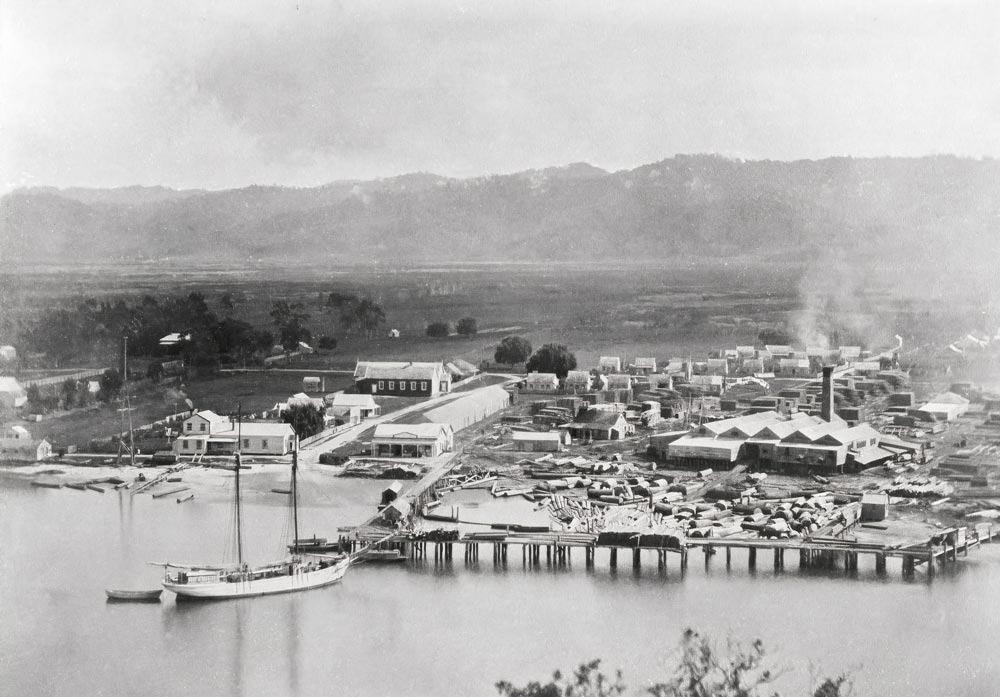
Exploring the Digitally Preserved HMS Buffalo Shipwreck
A Window into History Title: Exploring the Digitally Preserved HMS Buffalo Shipwreck: A Window into History Introduction: The HMS Buffalo, a British naval ship, met its tragic fate in July

A Window into History Title: Exploring the Digitally Preserved HMS Buffalo Shipwreck: A Window into History Introduction: The HMS Buffalo, a British naval ship, met its tragic fate in July

Some of these introductions have had a very negative impact on Aotearoa New Zealand and to this day we are battling these ‘pests’ of nostalgia.

Gold Discovery in Coromandel In 1852, leading businessmen from Auckland offered a bounty of £500 to anyone who found a payable goldfield in Auckland Province, of which Coromandel was a

Here in Te Whanganui o Hei Mercury Bay, kauri was first ‘discovered’ by Lieutenant James Cook in 1769. However, it wasn’t the tree he spotted, it was the kauri gum floating in amongst the mangroves in the Whitianga River. He presumed that the gum was from the mangroves.
It was from Marion de Fresne, a Frenchman, that Europe learned of the mighty kauri. He sailed into the Bay of Islands in May 1772 and with the help of local iwi felled trees for masts. Unfortunately, these timbers never made it to their destination, the crew abandoning them within a half a mile of the shore. The sailors returned to Europe in July of the same year empty-handed.

A Window into History Title: Exploring the Digitally Preserved HMS Buffalo Shipwreck: A Window into

Some of these introductions have had a very negative impact on Aotearoa New Zealand and to this day we are battling these ‘pests’ of nostalgia.

Gold Discovery in Coromandel In 1852, leading businessmen from Auckland offered a bounty of £500

Here in Te Whanganui o Hei Mercury Bay, kauri was first ‘discovered’ by Lieutenant James Cook in 1769. However, it wasn’t the tree he spotted, it was the kauri gum floating in amongst the mangroves in the Whitianga River. He presumed that the gum was from the mangroves.
It was from Marion de Fresne, a Frenchman, that Europe learned of the mighty kauri. He sailed into the Bay of Islands in May 1772 and with the help of local iwi felled trees for masts. Unfortunately, these timbers never made it to their destination, the crew abandoning them within a half a mile of the shore. The sailors returned to Europe in July of the same year empty-handed.